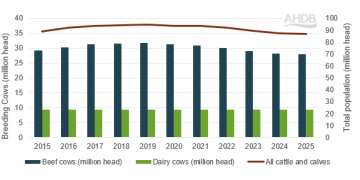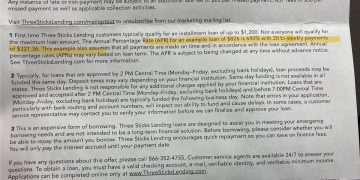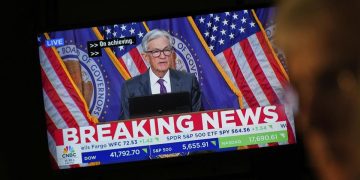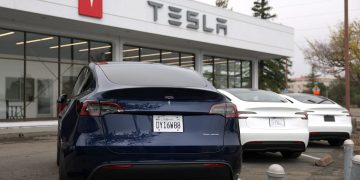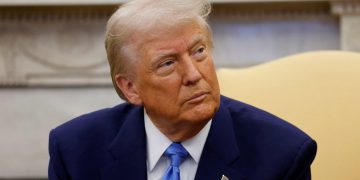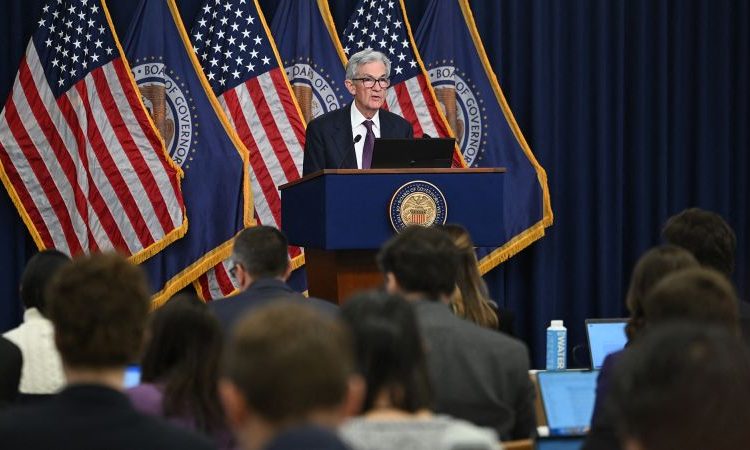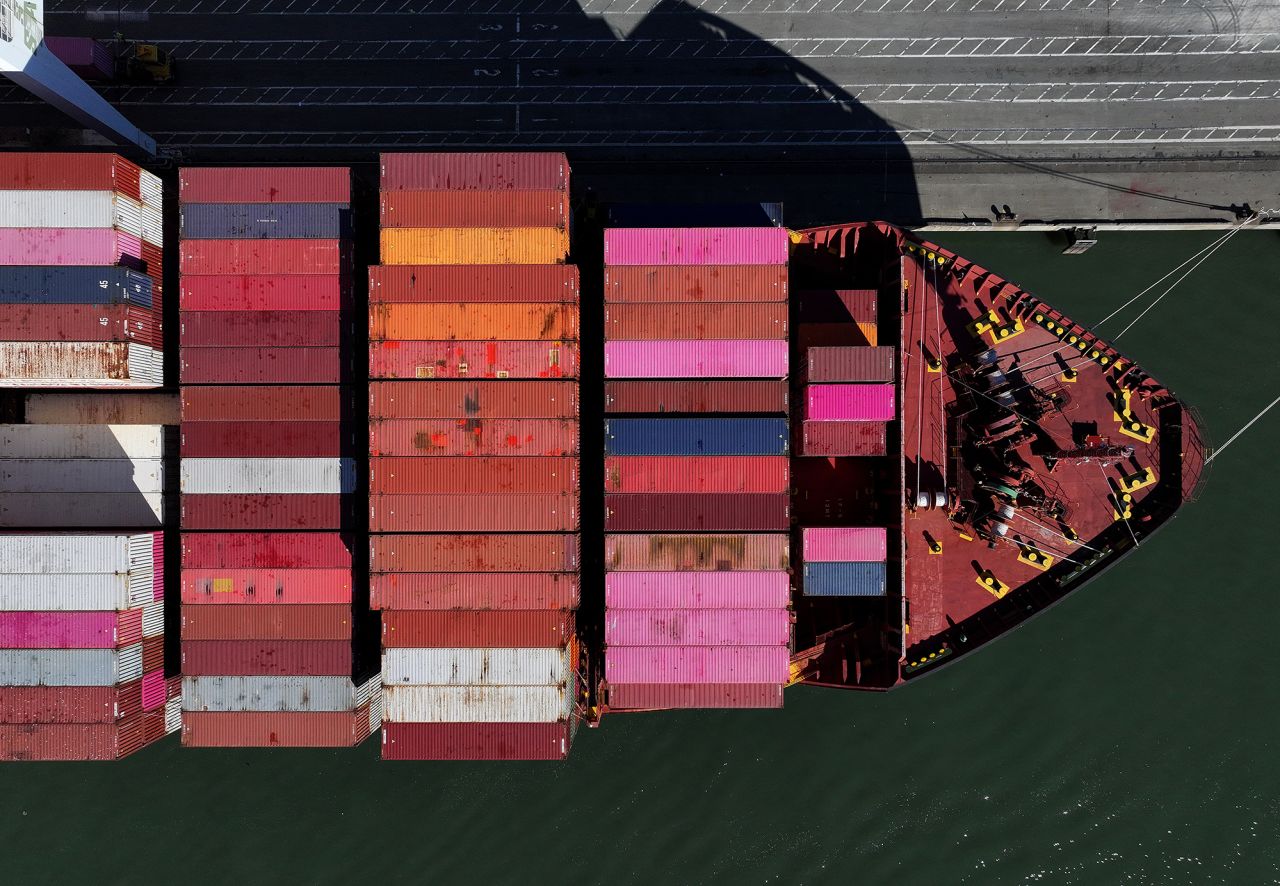
Federal Reserve officials have worked hard to set interest rates at levels that minimize inflation and maximize employment over the past couple of years. And they’ve been remarkably successful, a historically rare feat to pull off.
But selecting the optimal interest rate level, which is, in part, based on how Fed officials expect the economy to perform in the months and years ahead, has become a lot more complicated since President Donald Trump took office.
That’s because levying tariffs on America’s biggest trading partners, which Trump vowed to do, could spur more inflation, some economists have predicted.
Now, a February 1 deadline is looming for when Trump vowed to levy a 25% blanket tariff on Mexican and Canadian goods and a 10% tariff on all Chinese goods. If enacted, this could significantly raise prices US consumers pay for a wide range of goods.
That said, many economists believe some of Trump’s threats are likely a negotiating tactic, resulting in, for instance, watered-down tariffs or perhaps none at all on some countries’ products.
Still, the wide range of outcomes Trump can enact makes it more challenging for Fed staff to make economic forecasts that help inform central bankers’ interest rate decisions.
The Fed’s dilemma…



